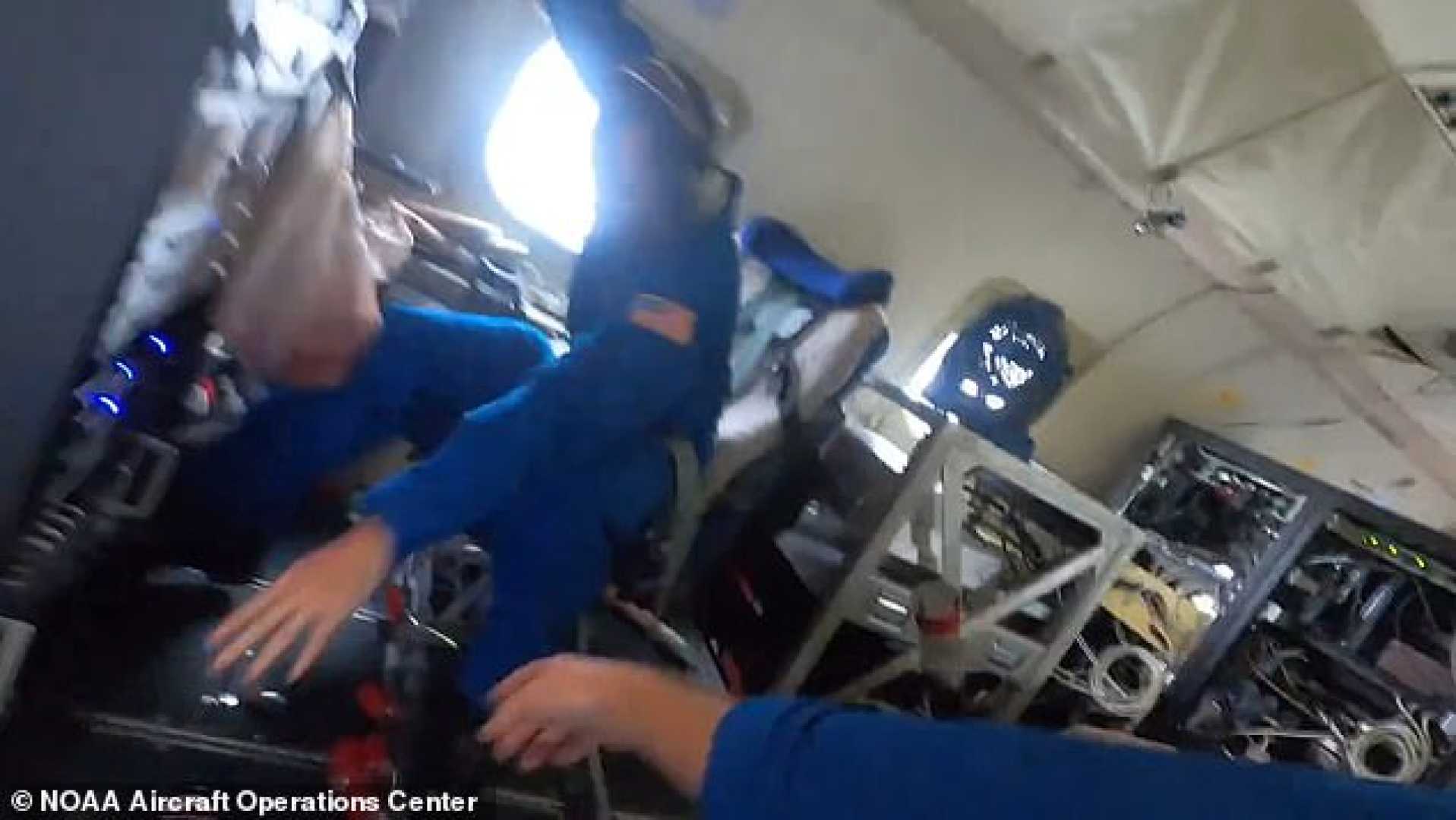News
NOAA Hurricane Hunters Endure Turbulence During Hurricane Milton Mission

The National Oceanic and Atmospheric Administration (NOAA) hurricane hunters faced extreme turbulence on Tuesday as they navigated through Hurricane Milton. The mission involved NOAA researchers, part of the agency’s Commissioned Officers Corps, who bravely flew into the storm to collect crucial data to aid forecasting.
The flight, carried out aboard an aircraft known as “Miss Piggy,” was fraught with intense winds reaching up to 155 mph (249 kph), which violently buffeted the plane. In the storm’s midst, video footage captured during the flight showed items, including equipment and personal effects like phones and wallets, being thrown around the aircraft.
Sofia de Solo, a flight director with NOAA, emphasized the importance of the data collection, particularly due to the storm’s expected landfall in a densely populated area already reeling from Hurricane Helene. “This data will be sent to the National Hurricane Center to help improve our storm tracking forecasts,” she stated.
NOAA’s fleet, which includes the aircraft “Miss Piggy” and another named “Kermit,” are specifically designed for “grueling” 8-10 hour reconnaissance missions. These aircraft are equipped with technology such as Doppler radar and lower fuselage radar systems that scan hurricanes vertically and horizontally, providing real-time information to scientists and forecasters.
Further enhancing data collection, the P-3 aircraft can release bathythermographs, instruments that measure sea temperatures. This capability aids NOAA’s understanding of sea conditions that influence storm behavior.
Despite the turbulence that would likely unsettle typical airline passengers, the NOAA crew maintained their composure and focus on the mission. Reports indicate that Hurricane Milton’s impact is expected in the Tampa Bay area late Wednesday as a Category 3 storm, raising concerns for a region particularly susceptible to storm surges due to its geographical features.












